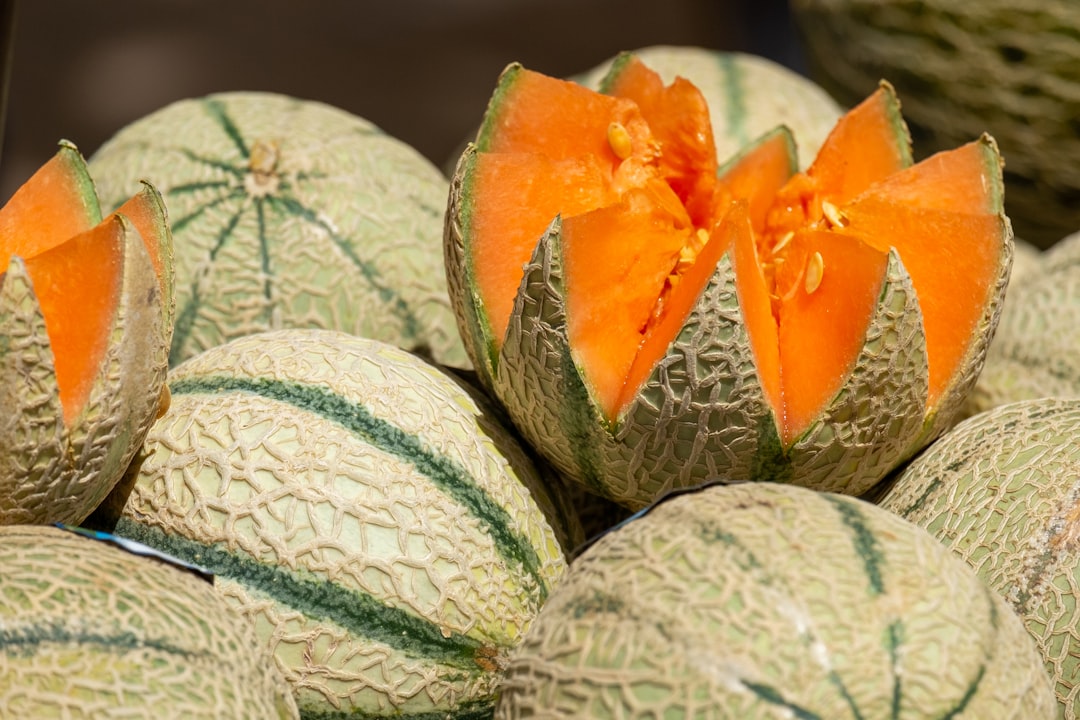Unleashing the Potential of Houseplants: Mastering Grow Light Setup

Houseplants have become an integral part of modern living, not only adding a touch of nature to our indoor spaces but also offering numerous health benefits. However, one of the most critical factors in ensuring the health and vitality of houseplants is proper lighting. As you move away from the light source, the intensity of light can quickly diminish, which can have a significant impact on the growth and development of your plants. In this article, we will explore how to set up your grow light properly to help your plants thrive.
First and foremost, it's essential to understand the lighting requirements of your specific houseplants. Different plants have different needs when it comes to light intensity, duration, and spectrum. For example, succulents and cacti generally require high-intensity light for several hours a day, while ferns and peace lilies prefer lower light levels. Research the lighting needs of your plants to ensure you're providing the right conditions.
When choosing a grow light, there are several factors to consider. The type of light source is crucial. LED grow lights are a popular choice because they are energy - efficient, produce less heat, and can be customized to emit specific light spectra. Fluorescent lights are also a good option, especially for smaller plants or those that require lower light levels. They are relatively inexpensive and provide a broad spectrum of light.
The placement of the grow light is another key aspect. The distance between the light and the plants is vital. If the light is too close, it can cause heat stress and damage the plants. On the other hand, if it's too far away, the plants won't receive enough light. As a general rule, for LED grow lights, keep them about 12 - 24 inches above the plants. For fluorescent lights, a distance of 6 - 12 inches is usually appropriate. You may need to adjust this distance based on the specific requirements of your plants and the intensity of the light.
Light duration is also an important consideration. Most houseplants need a period of darkness as well as light. A common schedule is to provide 12 - 16 hours of light per day, followed by 8 - 12 hours of darkness. This mimics the natural day - night cycle and helps the plants regulate their growth processes. You can use a timer to automate the lighting schedule, ensuring consistency.
In addition to the basic setup, it's important to monitor the plants' response to the grow light. Look for signs of healthy growth, such as new leaves, strong stems, and vibrant colors. If you notice that the plants are stretching towards the light, it may be an indication that they are not getting enough light. Conversely, if the leaves are turning yellow or brown, it could be a sign of too much light or heat.
Another aspect to consider is the spectrum of light. Different wavelengths of light have different effects on plant growth. Blue light is important for vegetative growth, promoting strong stems and leaves. Red light is crucial for flowering and fruiting. Some grow lights are designed to provide a full spectrum of light, which can be beneficial for overall plant health. You can also choose lights that are specifically tailored to the growth stage of your plants.
Properly setting up your grow light also involves maintaining the light fixture. Clean the light regularly to ensure maximum light output. Check for any signs of damage or malfunction, such as flickering or dimming. Replace bulbs as needed to maintain consistent light quality.
In conclusion, caring for houseplants requires attention to detail, especially when it comes to lighting. By understanding the lighting requirements of your plants, choosing the right grow light, placing it at the correct distance, setting an appropriate light duration, and monitoring the plants' response, you can create an optimal environment for your houseplants to thrive. With the right grow light setup, you can enjoy a lush and healthy indoor garden all year round.